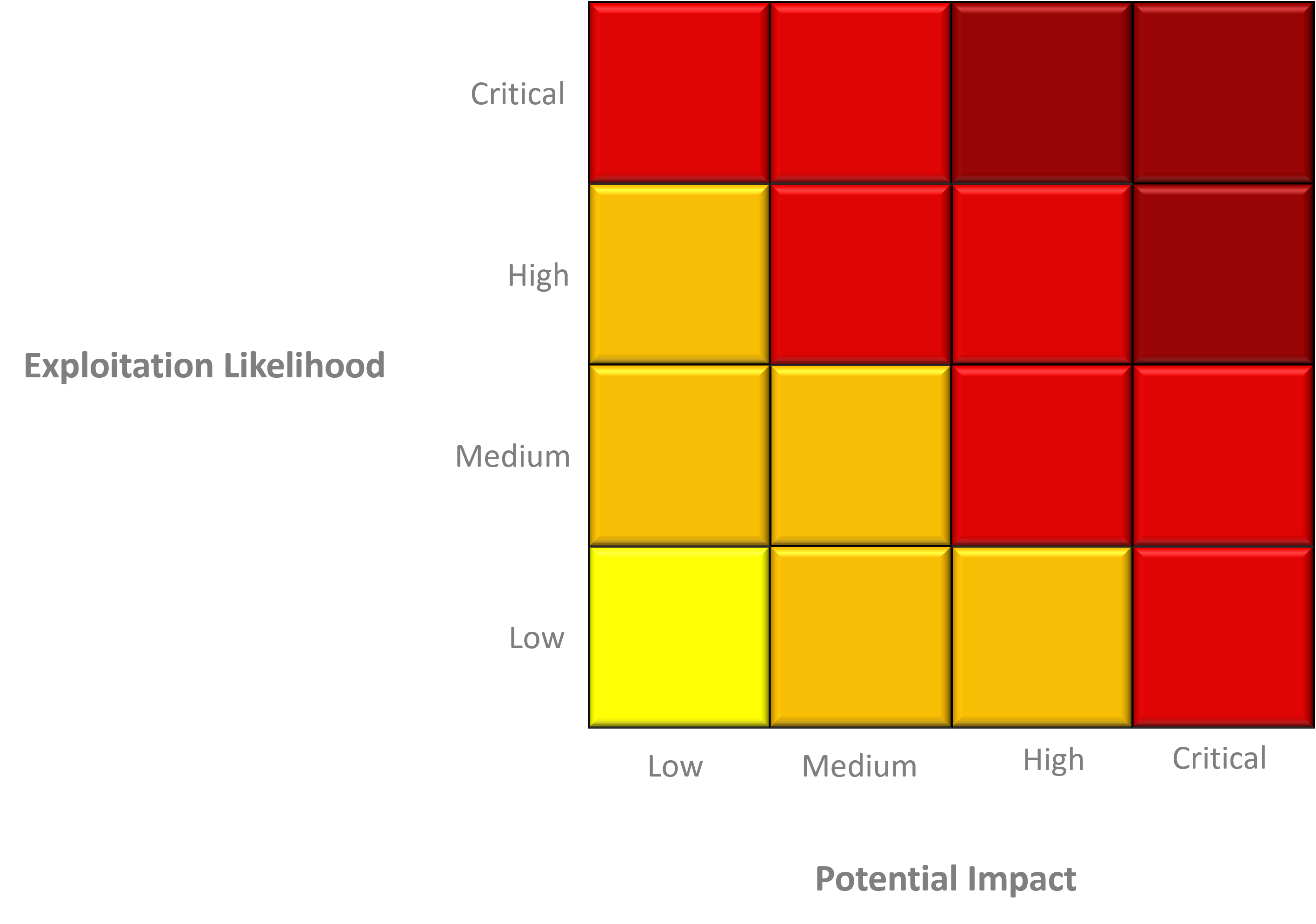Goal and scope
The purpose of the scoping meeting is to define the objectives of the attack simulation and to transfer sufficient knowledge about the environment to be tested so that the offer can then be prepared on the basis of this knowledge. The questions mostly revolve around the test scenarios and conditions.




